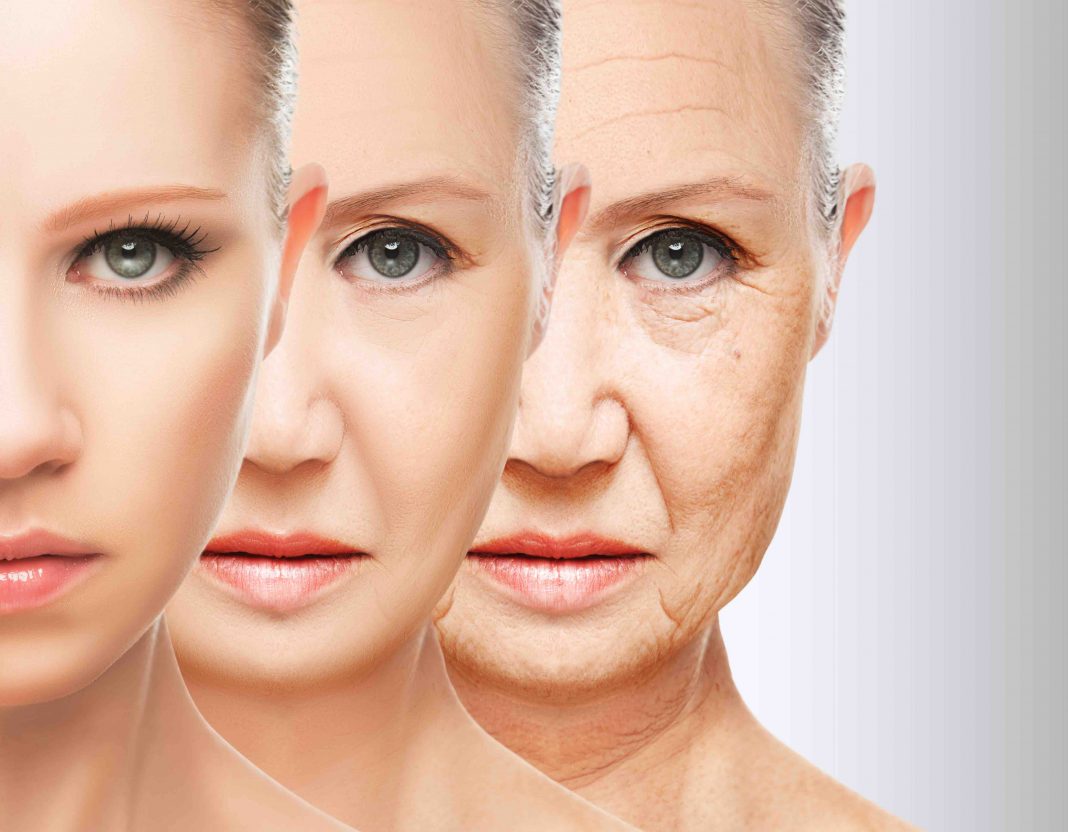Mastering new and on-trend beauty looks doesn’t stop at 50. In fact, we insist that it doesn’t. Customers with well-experienced and skilled pharmacy assistants at their beautifully manicured fingertips can enhance their makeup and beauty techniques whether they be 15 or a few decades older. In this feature, we pass on the tips and tricks of the trade for advising over-50s women, or men, on how to master amazing makeup looks.
Half of the customers Krystal Koulis deals with as Beauty Adviser at Priceline Frankston are aged over 50, she says, and seeking advice and guidance on makeup and what to buy from the beauty section.
Ms Koulis, who scored the accolade of ‘best makeup artist in Melbourne’ as revealed in the Herald Sun newspaper, assists them in choosing such products as anti-ageing face creams, facial oils, blush, lipsticks and foundation.
“I’ve found the key element to truly helping my customers is to ask them as many questions as I can [relevant to their situation] to ensure they’re receiving and achieving all their needs,” she said.
“The second element is to take your time. Really listen to the words they use, and try to encourage them with true support and honest advice. Think about their needs, time and budget.”
Tips and tricks for beauty over 50
Ms Koulis’s beauty tips that PAs can relay to their customers in this age group include:
- Clean the skin every day. “Investing in a good cleanser and removing all dirt, build-up and makeup before you start your skincare is so important. If looking for something time-efficient, use a cleanser that doubles as a makeup remover.”
- Use an effective serum. “Flooding skin with hydration and ingredients that help restore skin is a necessity.”
- Use 50+ SPF sunscreen. “Make sure to look for an SPF with UVA/UVB protection. Sun damage over time drastically breaks down the skin, resulting in blemishes, pigmentation, fine lines and wrinkles, texture and a lack of volume and elasticity.”
- Less is more. “When using makeup, opt for the ‘less is more’ approach – applying everything in thin layers and only using as much as you need.”
Products that prove themselves
Ms Koulis points to the kind of products that, from her experience in beauty advice, she acknowledges many customers have returned to buy more of.
One she cites is retinol: “a good quality retinol [that promotes] the generation of skin cells”.
“It aids in pore cleaning, skin exfoliation and collagen boosting, which can lessen the visibility of wrinkles and lines, giving you a younger, plumper appearance,” Ms Koulis said. “This is for night-time use only.”
Another of her suggestions is that customers be advised to invest in hyaluronic acid with vitamin B5.
“Hyaluronic acid is a water component already found in the skin,” she said. “It can hold up to 1000 times its body weight in moisture, flooding the skin with hydration.”
Addressing makeup advice, Ms Koulis suggests “moisture-rich” products be advocated when it comes to such areas as concealers and foundations.
“The less dry and thick makeup sits on the skin, the smoother and plumper it will look, with a more even tone,” she said.
Knowledge needed
For other beauty advisers and those faced with beauty-related questions in the pharmacy, Ms Koulis says the crucial tip is to “know your products”.
“Truly understand what the products do, how they work, who they work for, and the result of the application,” she advised.
“Remember that your customers are putting their trust in you because they want assistance, and results from their products.
“Carefully take time to explain to them what it is they’re investing in and how to use it, so they leave educated and confident.”
Putting the customer’s best interest first is at the core of what beauty advisers do, Ms Koulis says.
“Truly care for them,” she urged. “Think and consider ways to make their needs happen. Help them to the best of your ability. This builds a foundation of trust, ensuring they’ll come back to you.”
This feature was originally published in the March issue of Retail Pharmacy Assistants e-magazine.






